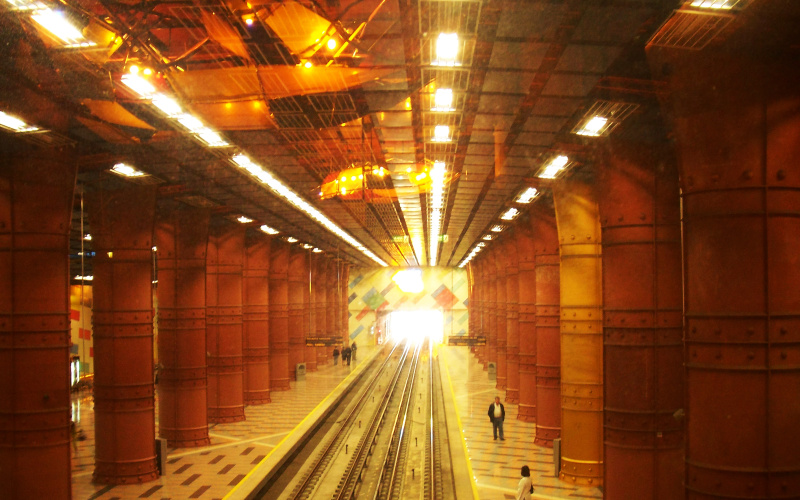Stefanie Guserl: The Tableau Vivant as a Cross-Border Phenomenon in Media
- Erstellungsdatum
- Dauer
- 23:32
Beschreibung
There is hardly any art medium whose definition incorporates the reflection on the medium itself more than the tableau vivant. The way it is defined today, making reference to an existing painting is crucial – it is this „special approach to fine arts by way of their appropriation by the human body“[1], which challenges the painting media with their possibilities to generate illusions and their limitations. The reflection on the two-dimensional medium equally includes considerations about media of performing arts due to the disruption of the axes of time and motion that the tableau vivant inevitably causes in theatre or film. As a consequence, the tableau vivant oscillates between the media of fine and performing arts.[2] Another change of media is added by the cinematic tableau vivant. The previously two-dimensional painting that was augmented to three dimensions on stage or in the movie scene, respectively, returns to the two dimensional area with the film frame. Hence, in order to understand the tableau vivant it is necessary to include genre-specific reflections on other media. Which medium is real? And is this a legitimate question?
In the course of its history, the tableau vivant has significantly changed in form, function and reception since the end of the 18th century. Currently, two tendencies can be distinguished: firstly, tableaux vivants are included in movies where they often take on the function of the historical verification of narrative arguments within the film. The question of the relation between film, reality and truth is evident. How documentary can a feature film be that includes for example Goya’s painting “The 3rd of May 1808” in its plot? Can the painting as a medium be regarded as an authentic source of historical facts? Will the movie thus become more credible? Is it reproducing reality?
Secondly, tableaux vivants are part of the visual arts. Artists such as Adad Hannah or Ryan Schude challenge us, the recipients, with their works in which they deal with questions about realities of and in images to face topics such as visual reality and media borders. Using the example of tableaux vivants, this speech reflects on media borders and their surpassing.
[1] Jooss, B. (1999), Lebende Bilder. Körperliche Nachahmung von Kunstwerken in der Goethezeit. Berlin: Reimer., p. 13.
[2] Vgl. Joss (1999) p. 13. und Barck, J. (2008), Hin zum Film – Zurück zu den Bildern. Tableaux Vivants: „Lebende Bilder“ in Filmen von Antamoro, Korda, Visconti und Pasolini. Bielefeld: transcript, p. 19.
